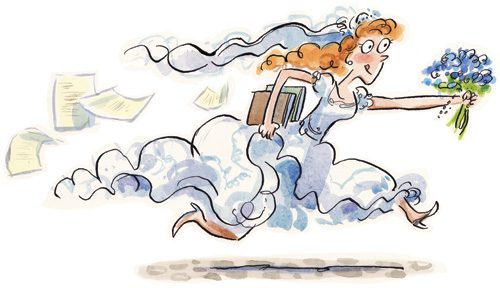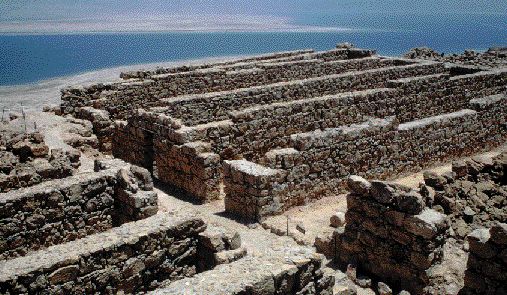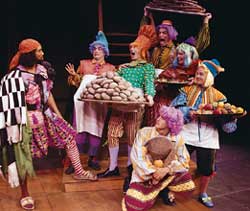Three women and seven men from the growing ranks of the 7,000-member BYU Emeritus Association were singled out for Special Recognition Awards at the organization’s annual meeting and luncheon at the Wilkinson Center on March 16, 1996.
University President Merrill J. Bateman addressed the audience following the induction of the Class of 1946 into the Emeritus Association by its president, Carl Clark.
The organization has traditionally been composed of former faculty, students, and staff who attended the school 50 or more years ago or who have retired from BYU. During the annual meeting, members voted to extend membership to include those who attended the university 40 or more years ago. The classes of 1947 through 1956 were inducted into the Emeritus Association at a banquet held May 4 during the annual Emeritus Education Day.
Recipients of this year’s awards are Lorna Call Alder, Helen Ream Bateman, George R. Blake, Francis R. Magleby, Dale T. Tingey, and Wilford J. Tolman, all of Provo; George Gee Jackson and Aline Coleman Smith, Salt Lake City; J. Smith Jacobs, Orem; and Leland F. Priday, American Fork.
Alder, who was born in the Mormon colonies in Mexico, taught art education at BYU for 35 years. A graduate of both Columbia University and the University of California, Berkeley, she served as a visiting professor at schools in Mexico and Canada and wrote the first vocabulary-controlled reader in Spanish.
Bateman combined several careers: teaching school, operating a family business, directing tours abroad, and authoring several books and articles. Since her retirement, she and her husband have filled teaching and Church assignments in Europe, Australia, Vietnam, and Hawaii.
Blake is internationally known for his contributions to the field of soil physics. After teaching for several years at Rutgers University, he taught for nearly 30 years at the University of Minnesota. His international involvement has taken him to Germany, Poland, Hungary, and Morocco.
Jackson obtained his MD degree at the University of Utah in 1949 and was the school’s first student to be accepted at Harvard University Medical Services. In his academic medicine assignments, he spent 37 years at the University of Illinois and was a visiting professor at several universities in Europe.
Jacobs has been described as a modern Pied Piper with a gift for caring and for establishing communication between teachers and students. Devoting his life to education at the elementary and junior high school level, he was superintendent for two school districts and a popular speaker at commencement exercises.
Magleby, an artist, first came to BYU on a football scholarship. Recognized early for his painting, he extended his studies to New York City, where he earned a doctorate at Columbia University. He served as director of the B.F. Larsen Gallery at BYU and is now on a service mission to paint landscapes and Church historic sites for the interior of Church temples.
Priday has established himself in several areas of community life: business, music, and the Church. Through it all he has maintained close ties with BYU and the Alumni Association. He has served as a stake president twice and as president of the Provo Temple.
Smith, a dance enthusiast, began performing early in her life. After teaching dance at BYU for 10 years, she moved east where she studied with several notable dancers. She taught high school physical education at Granite High School and is an accomplished teacher of Tai Chi as well as a registered nurse.
Tingey is the founder of the American Indian Services, a nonprofit organization that provides 500 scholarships each year to Native American students and that recently built 75 homes in Guatemala. During the 1970s, he was Church Regional Representative of the Indian missions.
Tolman, a retired professor of manufacturing engineering technology, has been responsible for training more than 600 instructors to teach at BYU’s annual Scout Merit Badge Pow Wow, the largest of its kind in the world, with more than 3,000 people attending each year.









